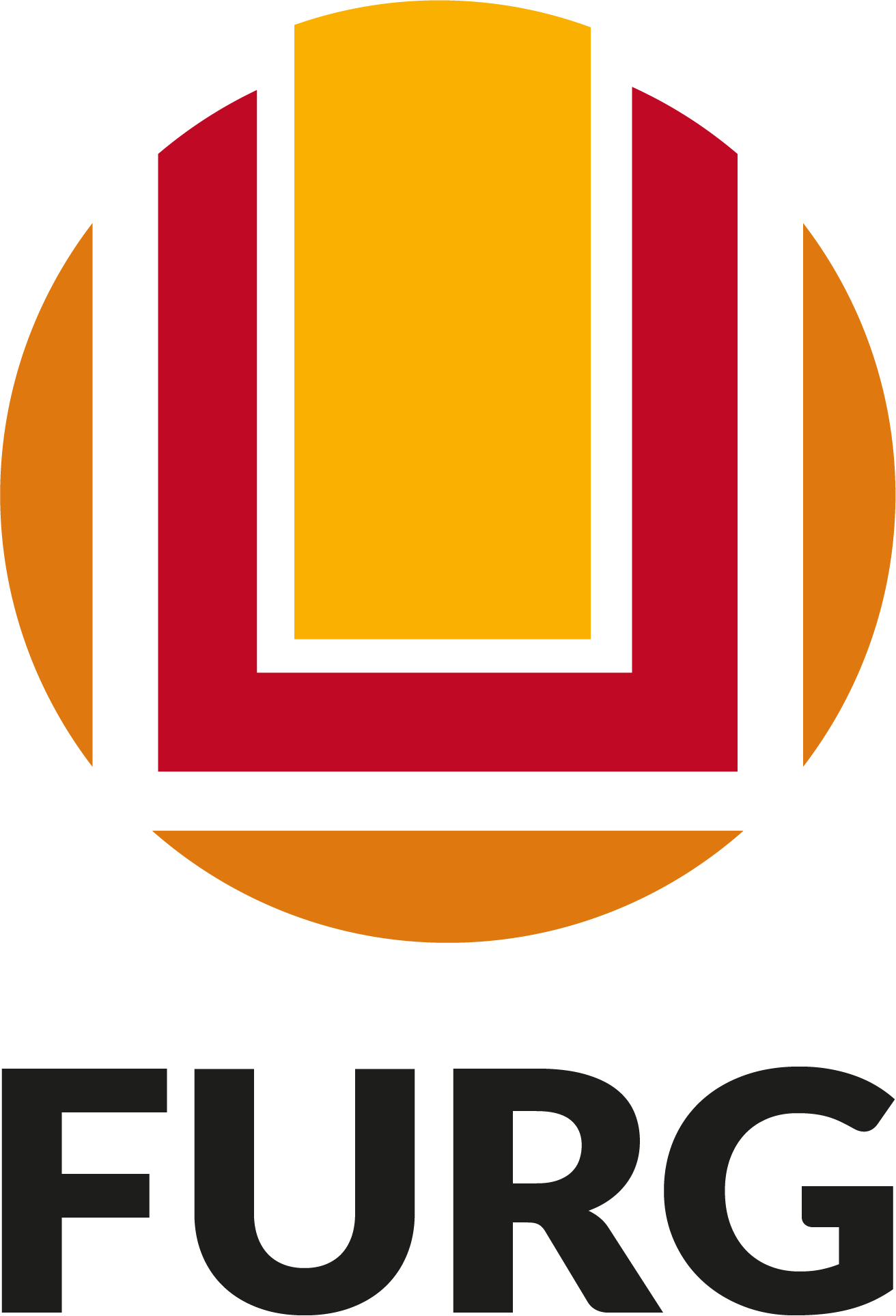-
-
Rodrigues, Ricardo Vieira; Schwarz, Michael; Delbos, Brendan; Carvalho, Eduardo; Romano, Luis Alberto; Sampaio, Luís André Nassr de
(2011)
Cobia Rachycentron canadum is a fast growing fish with world-wide potential for aquaculture, and has been considered for rearing in recirculating aquaculture systems (RAS). Nitrate is considered the least toxic nitrogenous ...
-
-
Rodrigues, Ricardo Vieira; Romano, Luis Alberto; Schwarz, Michael Hans; Delbos, Brendan; Sampaio, Luís André Nassr de
(2014)
This study evaluated the median lethal concentra-tion values (LC50) and the histopathological effectsof un-ionized ammonia (NH3--N) on juvenile mar-oon clownfishPremnas biaculeatus. After 96 h ofexposure to different ...
-
-
Rodrigues, Ricardo Vieira; Schwarz, Michael; Delbos, Brendan; Sampaio, Luís André Nassr de
(2007)
Nitrogenous compounds can be toxic to aquatic animals especially when they are reared at high stocking densities. Cobia
(Rachycentron canadum) is a fast growing fish currently reared in cages, but with expanding production ...
-
-
Trushenski, Jesse; Schwarz, Michael; Laporte, Jérôme; Delbos, Brendan; Takeuchi, Ricardo; Sampaio, Luís André Nassr de; Lewis, Heidi
(2011)
As a marine carnivore exhibiting exceptionally high growth
rates, cobia are considered a species for which fish oil (FO)
replacement may be difficult. However, partial, if not complete,
FO replacement is necessary to ...
-
-
Trushenski, Jesse; Rombenso, Artur; Schwarz, Michael; Bowzer, John; Gause, Brian; Delbos, Brendan; Sampaio, Luís André Nassr de
(2012)
The Atlantic spadefish Chaetodipterus faber is an excellent candidate for aquaculture development, but success will depend on the identification of proper feeds and feeding regimens for this species. Accordingly, we evaluated ...
-
-
Trushenski, Jesse; Laporte, Jérôme; Lewis, Heidi; Schwarz, Michael; Delbos, Brendan; Takeuchi, Ricardo; Sampaio, Luís André Nassr de
(2011)
-
-
Trushenski, Jesse; Schwarz, Michael; Delbos, Brendan; Sampaio, Luís André Nassr de
(2010)
Prevention is the most viable disease management strategy in aquaculture, and prevention is primarily
driven by strategies to avoid or minimize the effects of stress. Unfortunately, there is little information
available ...

